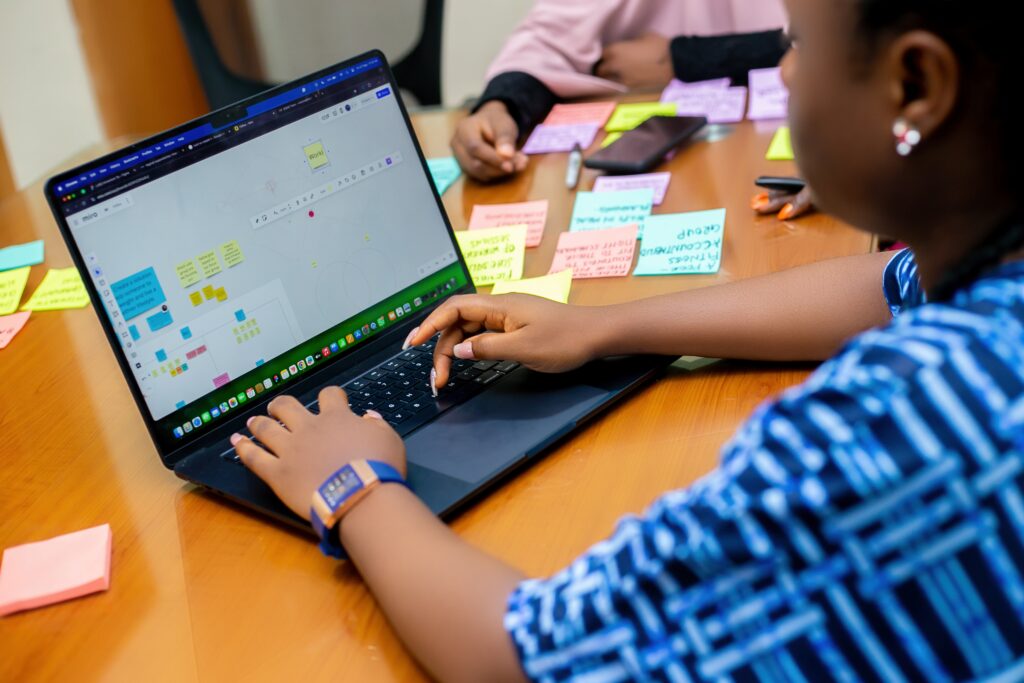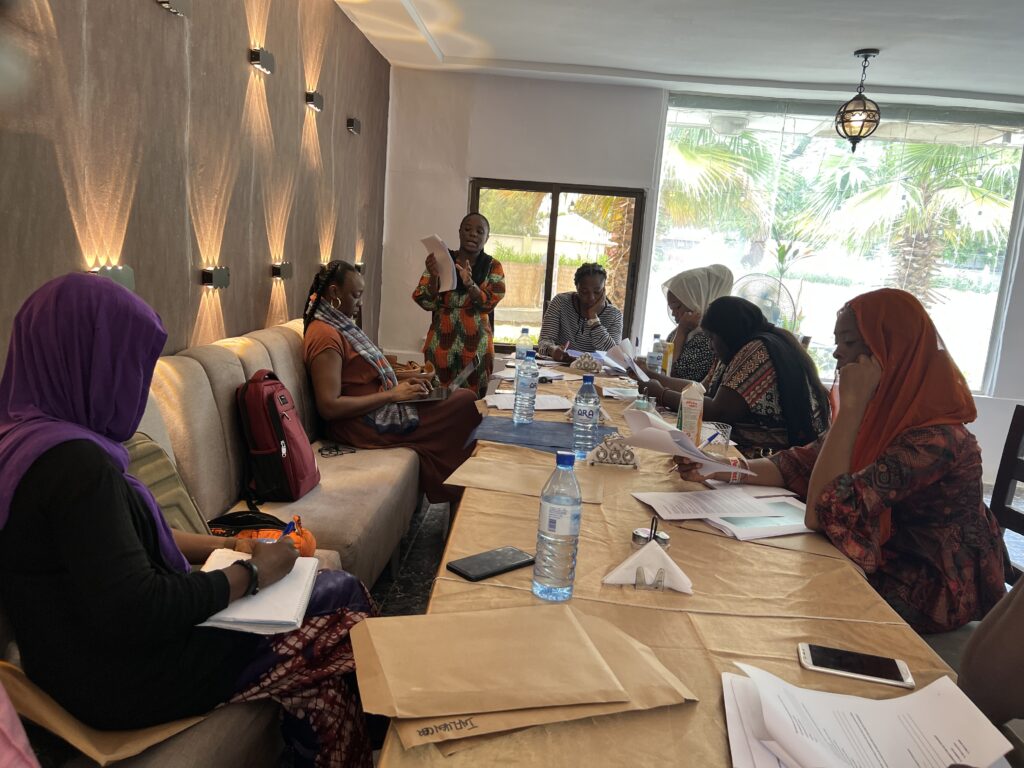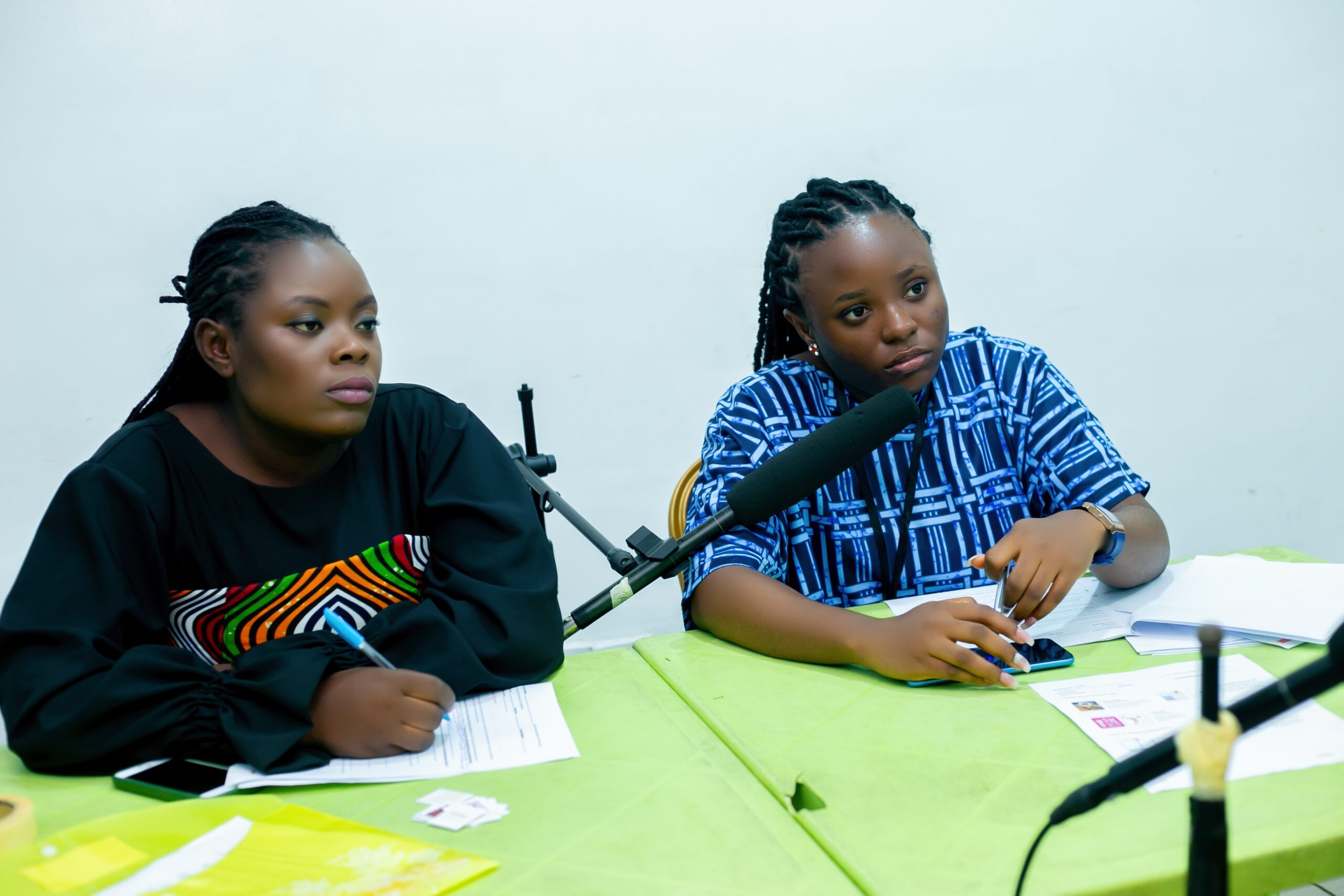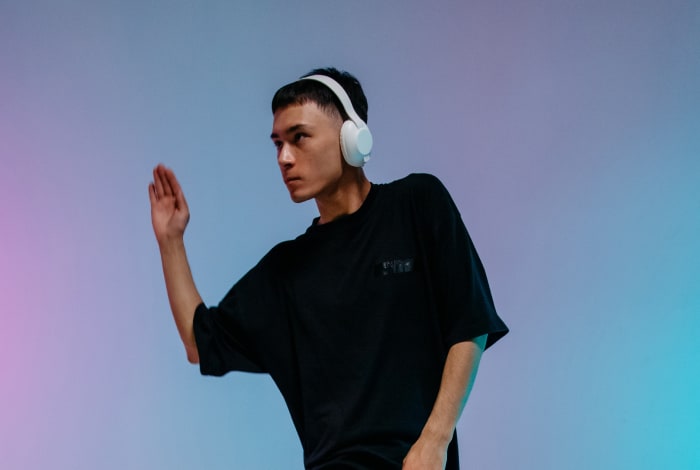
Conducting Human-Centered Design (HCD) research in Northern Nigeria can be a thrilling adventure, However, it requires careful planning, cultural immersion, and flexibility. Here are a few highlights from our recent project:
Embrace Cultural Contextualization
Understanding the local culture is crucial in HCD research. For Instance, we broke down cultural barriers by embracing the unique cultural context, including dressing appropriately and leveraging local knowledge. Moreover, indigenous researchers on our team played a vital role in helping us navigate cultural nuances, ensuring our approach was respectful and effective.

Plan for the Unexpected
Additionally, unexpected issues will arise due to cultural nuances. We arrived prepared with all our research materials, including interview guides and co-creation prompts in Hausa. This readiness allowed us to address unforeseen challenges efficiently while maintaining flexibility in our approach.

Do Your Research (DYOR)
Pre-research preparation is essential. Thus, we mentally prepared ourselves by researching local customs, traditions, and ways of life. This background knowledge informed our research materials and approach, ensuring they were contextually relevant and respectful.
Build Rapport with Participants
Learning basic greetings in the local language helped break the ice with participants and showed respect for their culture. Consequently, this simple gesture established trust and facilitated open communication, which is crucial for gathering authentic insights.

Prioritize Pilot testing
We emphasized the importance of pilot tests to refine our approach, using real participants matching the demographic requirements for our project—in this case, women of reproductive age. This strategy helped us identify gaps and ensure high-quality research outcomes through continuous iteration.
Immerse Yourself in the Culture
We made a checklist of activities to help us fully immerse ourselves in the culture and enjoy the experience. For example, trying local delicacies and experiencing the renowned hospitality of the region enriched our stay. A practical tip: carry a non-irritant insecticide, as mosquitoes and flies can be bothersome at times.
Conclusion
By embracing the cultural nuances, preparing meticulously, and maintaining flexibility, we successfully executed a HCD research project in Northern Nigeria, impacting our work positively.
Author
-

Melvina Okechukwu is a skilled UX researcher and designer with a solid foundation in design and research, combined with exceptional strategic thinking, dedicated to creating products that align with user needs and business objectives.
View all posts

